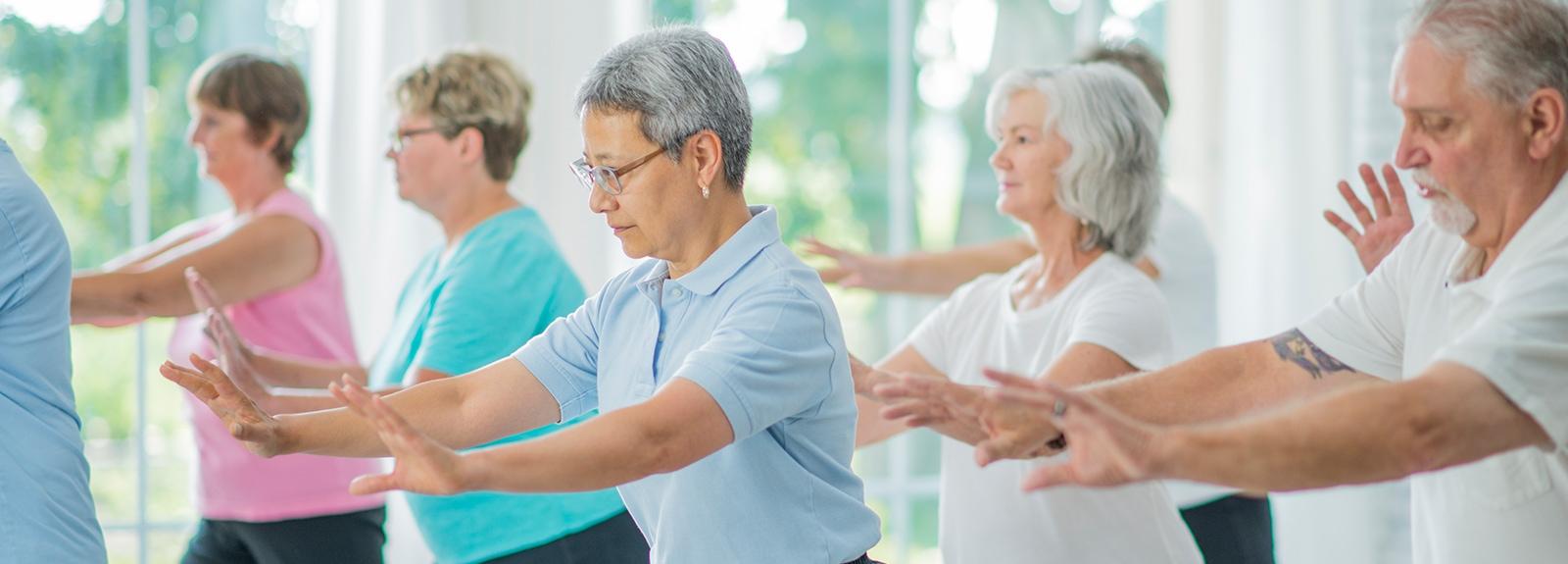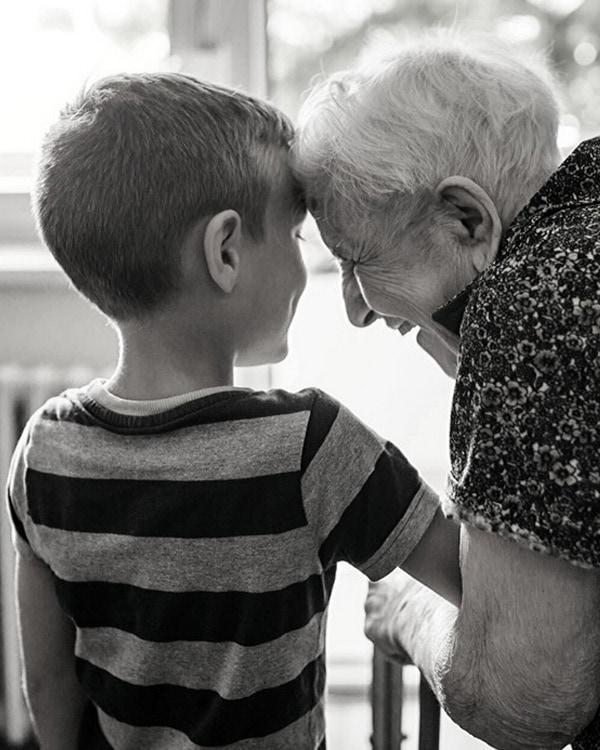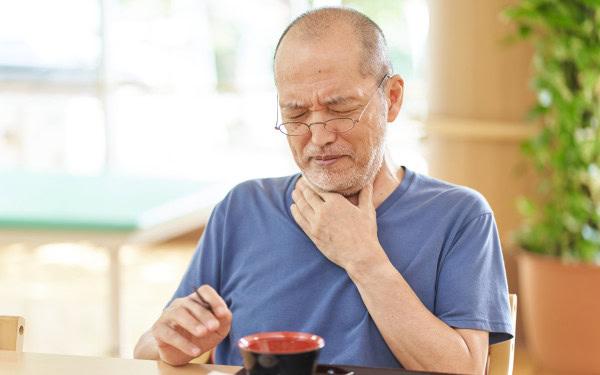
Tai Chi: Fall Prevention and Bone Health

Tai Chi: Fall Prevention and Bone Health
Shayla Mueller and Veronique Murphy
What is Tai Chi?
Tai Chi is a type of exercise that originally began as a martial art in China hundreds of years ago. It is sometimes described as “meditation in motion” as it engages both the mind and the body. Practising Tai Chi involves using slow, controlled body movements while focusing on breathing. These slow movements increase self-awareness, allowing you to be in complete control of your body. Each movement is held in a specific position for a brief moment before changing to a new position. The transitions involve different movements such as shifting weight from one leg to another, rotating the neck, torso, arms and legs, and stepping in different directions.
Tai Chi focuses on coordination and flexibility, helping to improve your ability to move and complete life’s daily activities. There are many different types of Tai Chi, each with a different pace and style of movement.
Why Should I Consider Tai Chi?
Tai Chi has many positive health benefits including improvements in muscle strength, flexibility and balance. It is a full body exercise that is considered to be equivalent to low or moderate intensity aerobic exercise. This means that you may be able to talk while doing it but not sing a song.
Tai Chi is a popular form of exercise, particularly among older people. It has many advantages, including being an easily accessible, affordable activity available in many communities. No special clothing or equipment is required. It is often practised in groups, providing an opportunity to socialize and meet new people.
Most importantly, research has found Tai Chi to be a safe form of exercise for people with low bone density.
Tai Chi and Fall Prevention
Reducing fall risk is an important way to reduce your risk of fractures. A recent review of studies found Tai Chi to be effective for fall prevention short-term in older adults. In fact, it can reduce the rate of falls by almost 50% during the first year that people are practising Tai Chi. Research has also shown that Tai Chi may improve balance, which is an important part of reducing the risk of falling. People who practise Tai Chi regularly do better on balance tests and their bodies sway less when they are standing. The slow, shifting movements of Tai Chi activate the leg muscles, improving a person’s strength and ability to respond if they become off balance. Many of these studies show benefits after 12 weeks of training. Tai Chi can also help people improve their mobility. Many of the Tai Chi movements copy the movements used in walking, such as shifting weight from one leg to the other and stepping in different directions. Performing these movements slowly and repeatedly allows the brain to adapt and create new connections that can lead to improved walking. This allows people to build confidence in their walking and be less afraid of falling.
Effect of Tai Chi on Bone Density
The effects of Tai Chi on bone density have also been studied. A recent review found that regular participation in Tai Chi (45-90 minute sessions between 2 and 7 times a week) for at least 24 weeks may be an effective way to slow the reduction in bone density that is seen in perimenopausal and postmenopausal women, as well as in individuals with osteoporosis. However, more research is required to confirm the results and to determine the amount of exercise and frequency of training necessary to provide benefit.
If you are practising Tai Chi or thinking about taking it up, we know that it:
- Is safe for people with low bone density,
- Reduces the rate of falls,
- Is a whole body and mind exercise that challenges balance,
- Focuses on coordination and flexibility, helping you perform activities of daily living,
- Is a group activity, and
- Is easily available and affordable.





